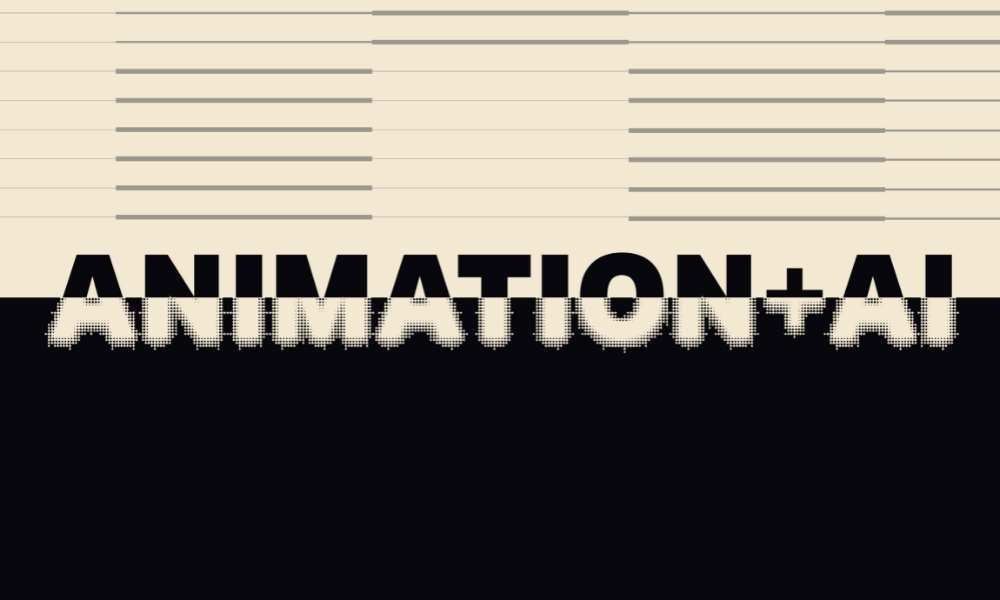A new paper published by entertainment industry data analytics platform Luminate Intelligence sheds light on the impact of generative AI in animation across the global film, TV and streaming landscape. The Animation & AI Report explores how animation and visual effects studios are experimenting with AI tools amid legal, ethical and creative debates, as well as how audiences feel about ingesting AI content. The information also offers a snapshot at the rapidly shifting animation industry across media and demographics.
The report follows Netflix’s recently published GenAI guidelines, which allow use of the technology for development/ideation, but urge filmmakers to make their use of AI transparent, avoid copyright risks and protect employment for human talent and creative output.
“Media and animation executives have tended to see gen AI as revolutionary for animation production, a powerful and disruptive tech that will ‘change everything.’ Animation industry veterans, most vocally former DreamWorks Animation CEO Jeffrey Katzenberg, have publicly and privately compared the magnitude of change on offer with generative AI to Pixar’s innovation that commenced an industrywide reorientation around 3D animation and portended seismic shifts in workflows and workforces,” the report explains.
“Proponents see gen AI as the technology that can make animation faster and cheaper, requiring fewer people to produce. Animation production times are stubbornly long: One source estimated a half-hour TV episode averages 12 months to produce; Pixar-style 3D animated features routinely take several years and cost tens or hundreds of millions of dollars. In an optimistic view, reducing time and cost of production would allow for more of it to be made and break the industry free of its franchise ruts.”
“… Meanwhile, many traditional artists regard generative AI as ‘dirty’ tech, built on data theft as AI image and video models have come to market and been pitched to studios as tools designed to automate their skilled labor — only to do so at worse quality and ‘on their backs’ as years of artists’ work has been scraped and used as training data, viewed not just as data theft but a kind of labor theft. Opposition is especially strong among concept artists, who have already experienced falloffs in work traceable to image generators as AI art has materialized in preproduction, though artists and animators up and down the pipeline are worried about jobs.”
Key findings include:
- Audience attitudes: 46% of film and TV consumers feel uncomfortable with GenAI replicating deceased or living actors, but only 30% feel that way when it’s used for illustrations in animation.
- Industry adoption: Major studios, VFX houses and animation companies are running R&D on AI tools, though most restrict use on client projects due to copyright and legal risks.
- Impact on talent: Animation experts believe concept/storyboard artists (55%), VFX artists (50%) and game developers (43%) will be among the roles most impacted by AI over the next two years.
- “Ethical data” (licensed, owned, or public domain) is emerging as a key criterion for studios adopting AI models.
- Market shifts: U.S. animated series commissions peaked at 225 in 2021 but fell to 171 in 2024 and just 71 in the first half of 2025. Adult animation, however, remains resilient, with streamers maintaining 40+ annual orders since 2022.
- Global growth: Japan is now the world’s second-largest animation exporter, with anime becoming one of the fastest-growing categories on streaming platforms.
- Franchise leaders: Inside Out 2, The Super Mario Bros. Movie and Moana 2 lead as the most successful animated franchise titles (2022–2025).
Request the full Animation & AI Report online from luminatedata.com.
